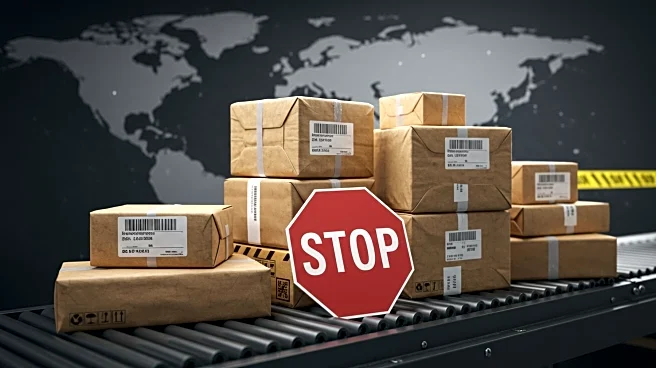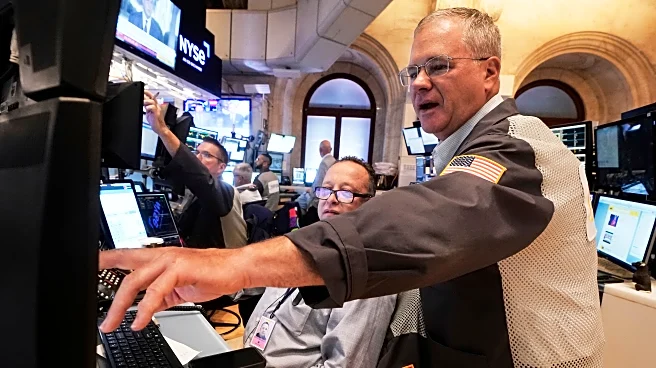Rapid Read • 7 min read
President Trump has implemented a new round of tariff hikes on imports, which took effect recently. These tariffs are expected to increase the prices of imported goods from several countries, including China, Mexico, Taiwan, Vietnam, and Malaysia. The tariffs, which have been raised to as much as 30% for some goods, are likely to impact the cost of computers, electronics, clothing, and other consumer products. Economists from the Yale Budget Lab estimate that these tariffs could lead to a 17% increase in computer and electronic prices in the short term and 7.7% in the long term. The tariffs are part of a broader trade policy that aims to protect domestic industries but may result in higher consumer prices.
AD
The tariff hikes are significant as they could lead to increased costs for American consumers and businesses. The higher prices for imported goods may contribute to inflationary pressures in the U.S. economy. Industries that rely heavily on imports, such as electronics and apparel, could face challenges in maintaining competitive pricing. Additionally, the tariffs may strain trade relations with affected countries, potentially leading to retaliatory measures. The policy reflects ongoing trade tensions and the administration's focus on reshaping international trade agreements to favor domestic production.
If the tariffs remain in place, consumers may see gradual price increases as businesses adjust to the higher costs. Companies may also seek alternative supply chains or negotiate new trade deals to mitigate the impact. The administration may continue to negotiate with affected countries to reach trade agreements that could alter or remove the tariffs. The situation will require close monitoring as it evolves, with potential implications for global trade dynamics.
AD
More Stories You Might Enjoy












